Cyclo-cross tire guide: 2012 season
Tubular, tubeless and clincher offerings from 10 brands
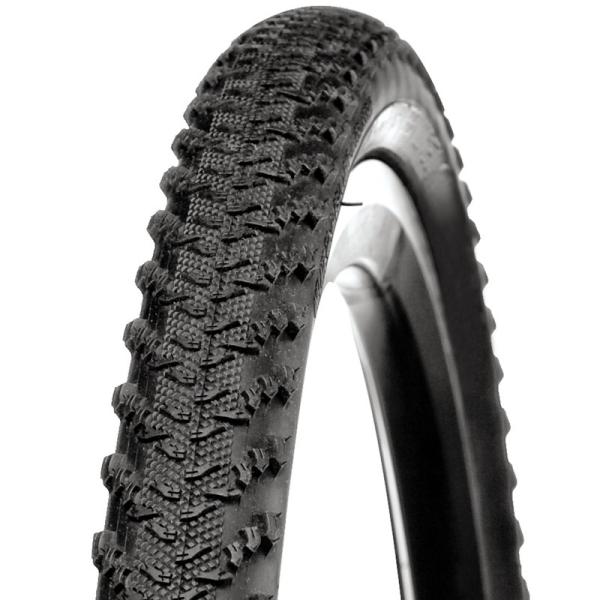

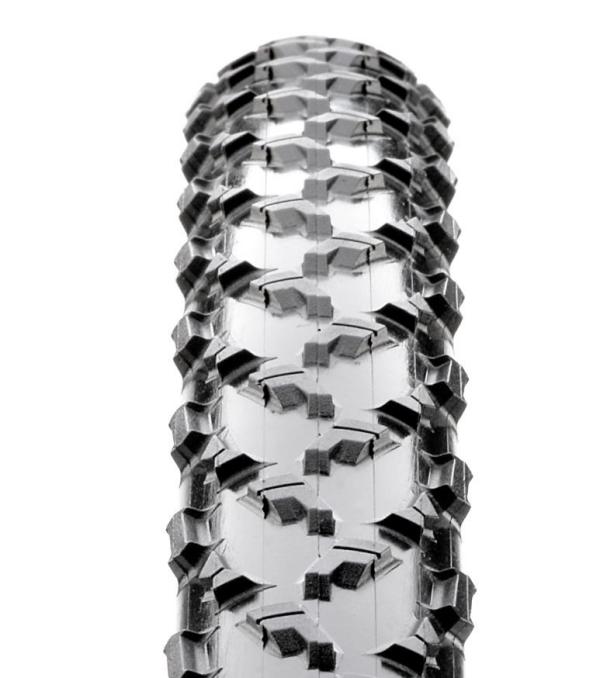
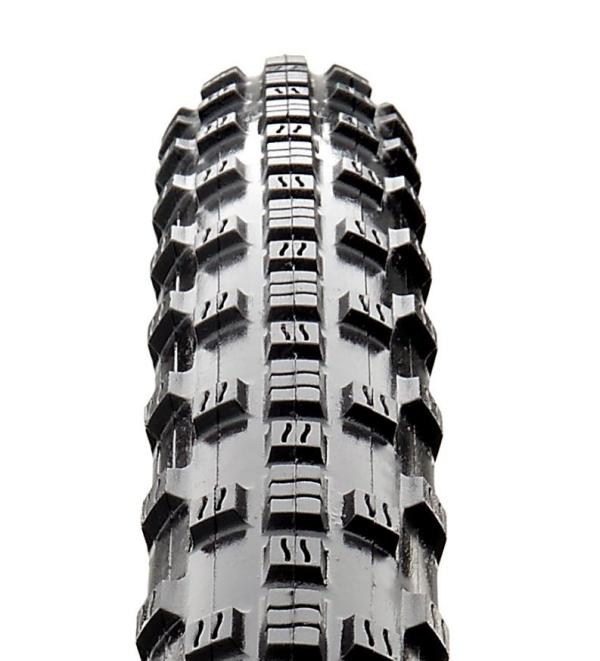

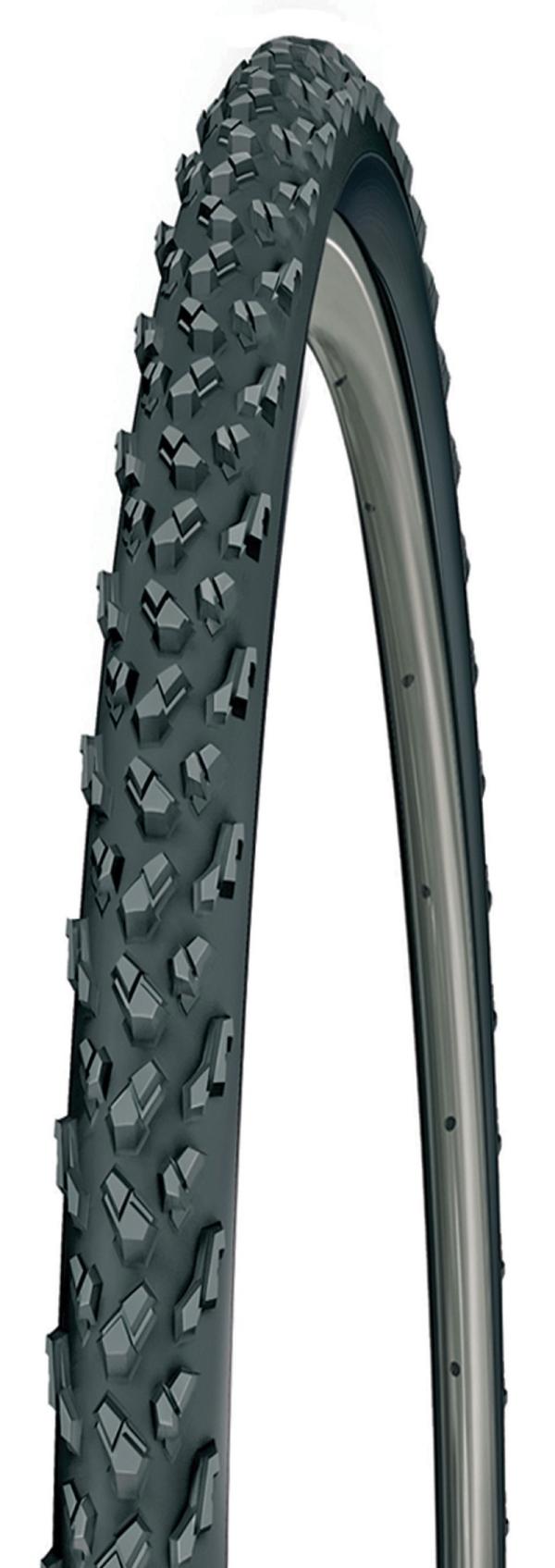
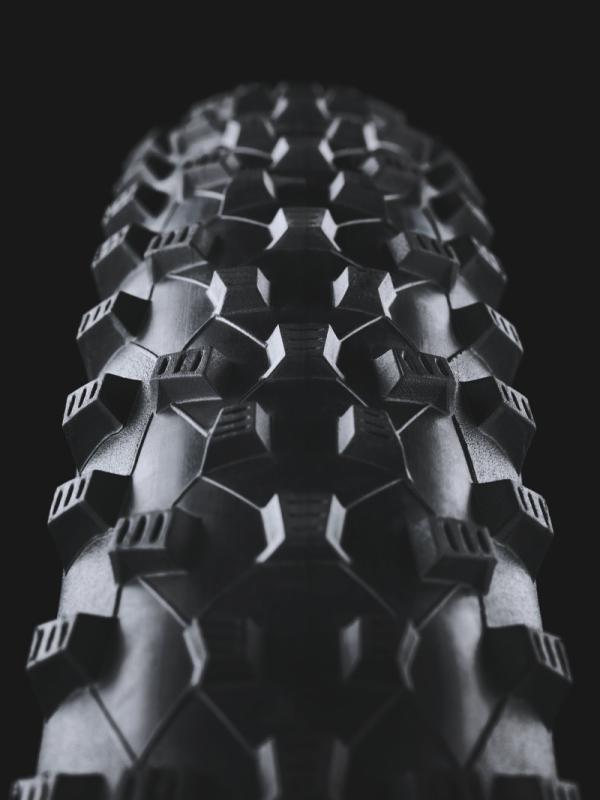
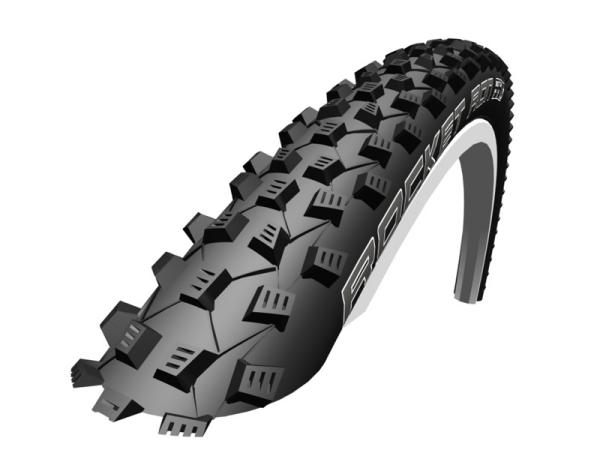
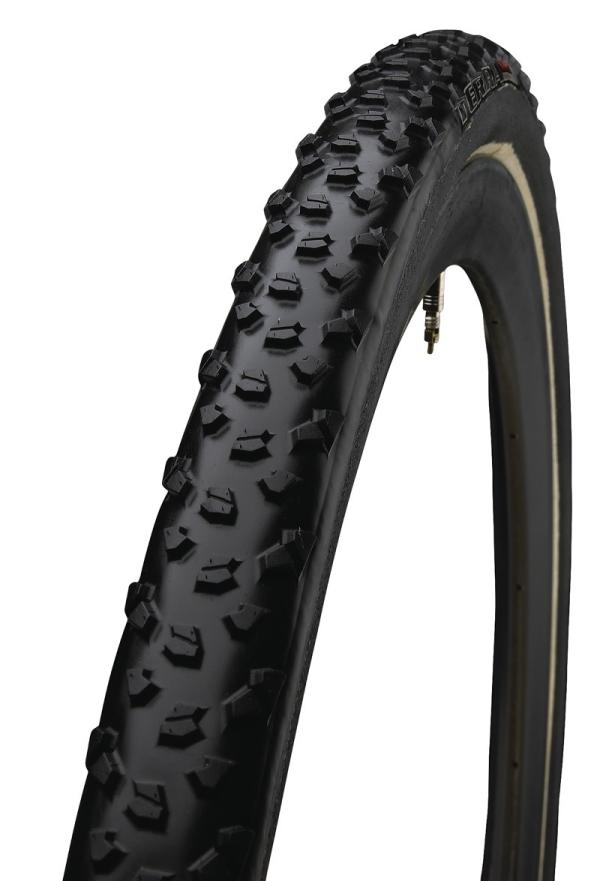
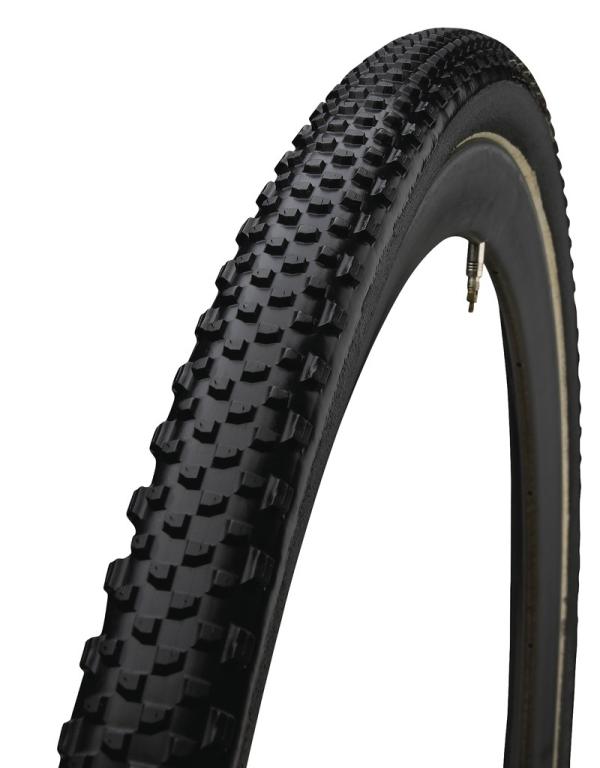
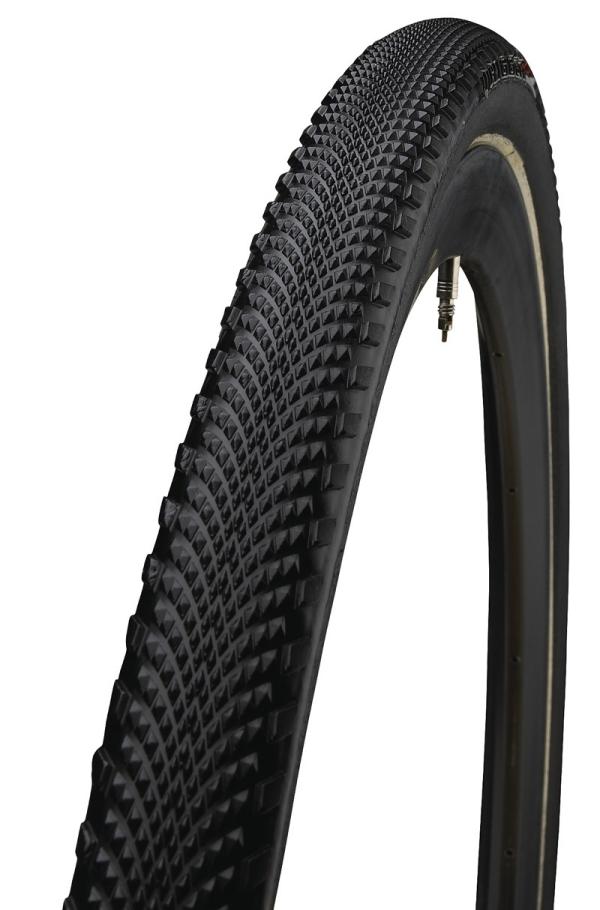
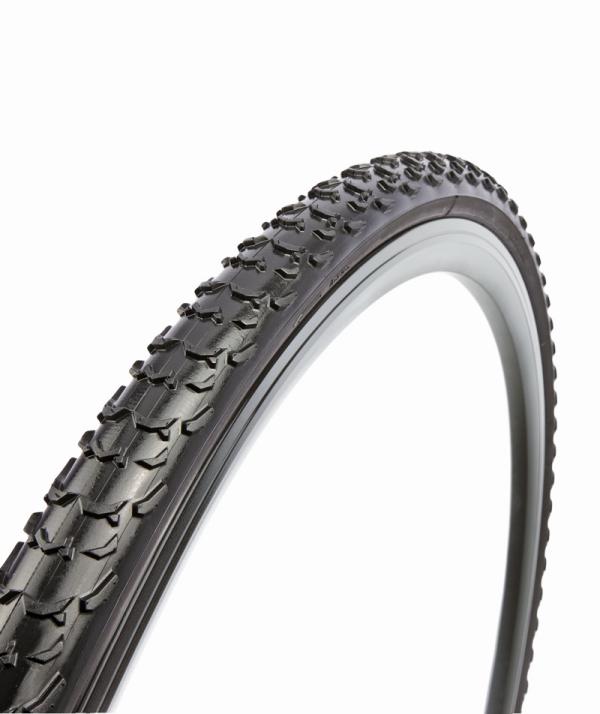
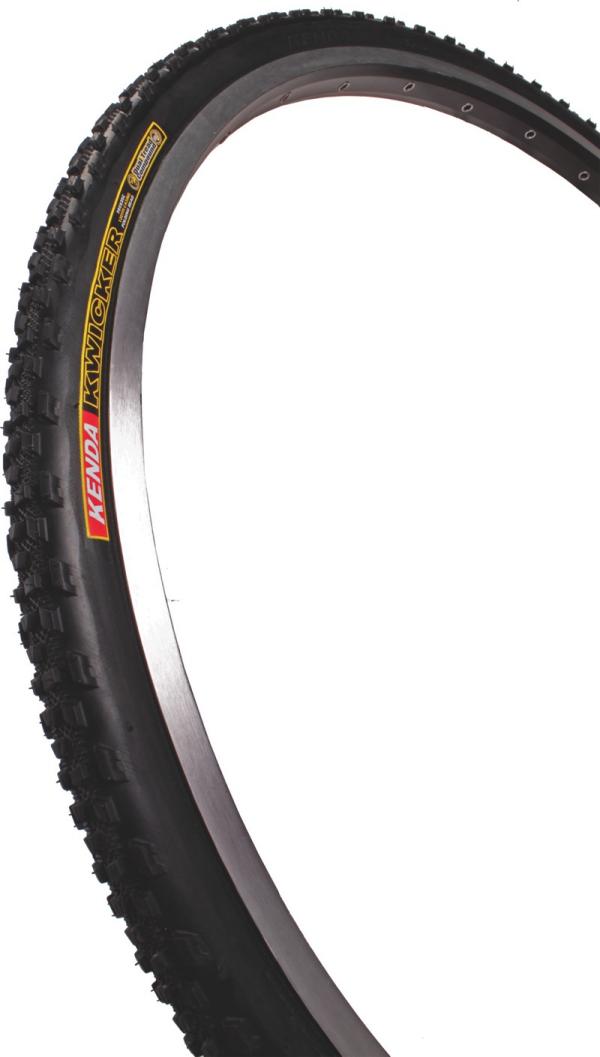
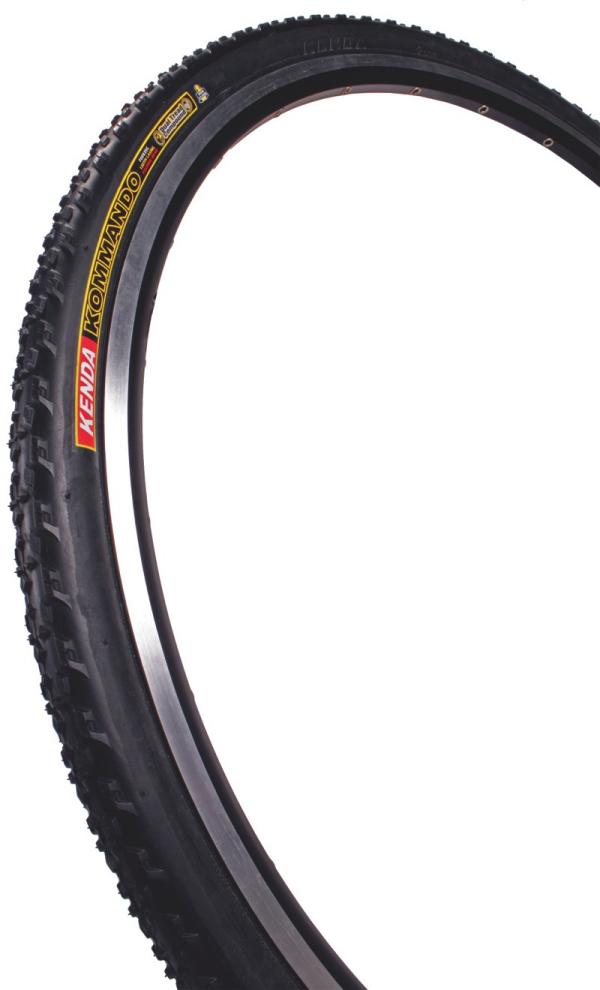
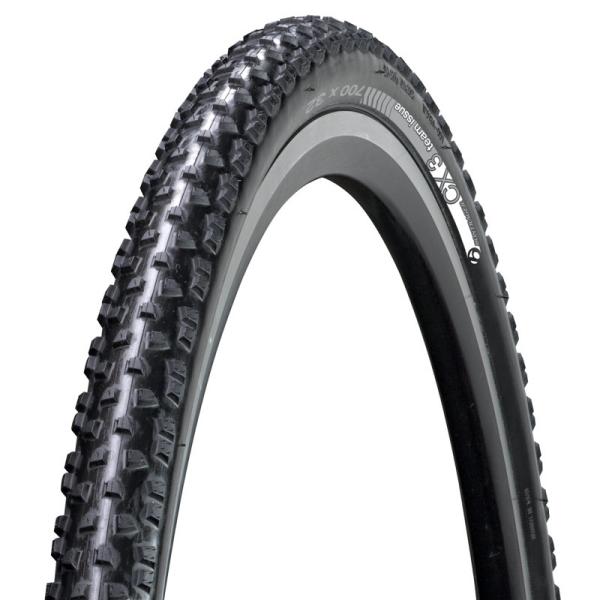
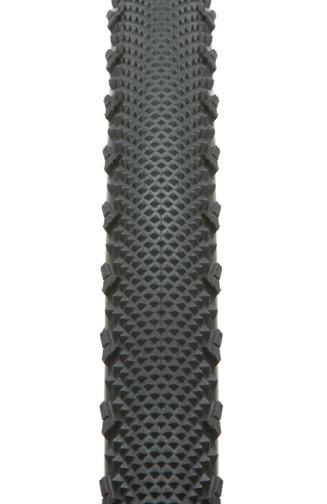
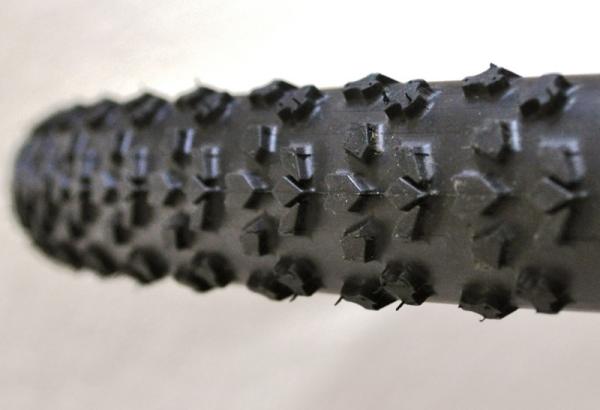
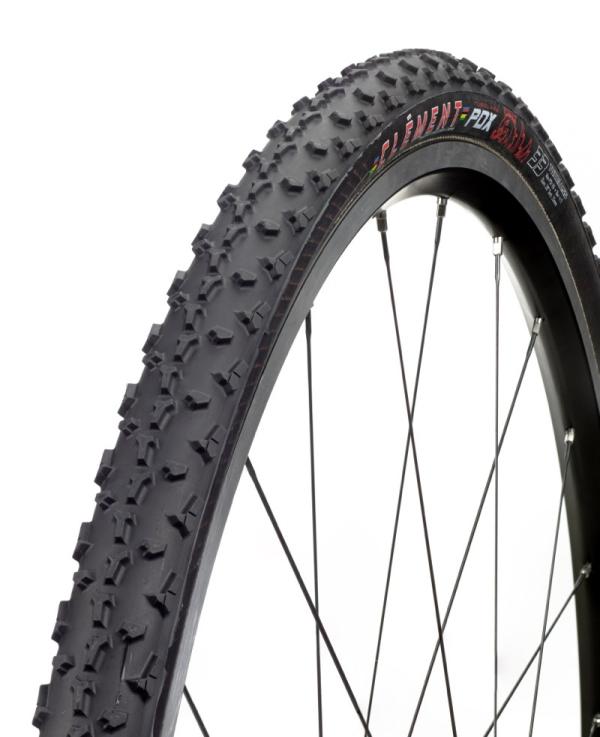
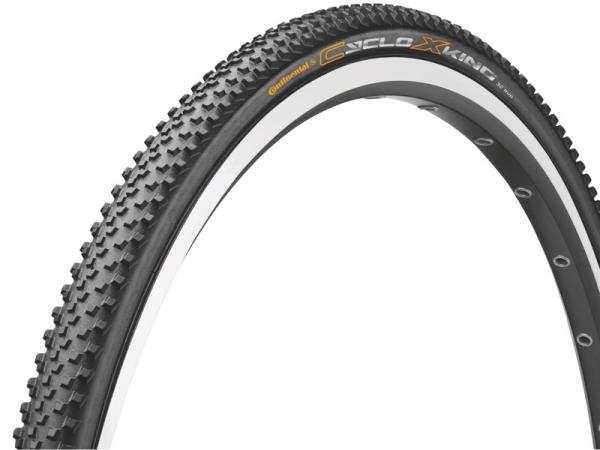
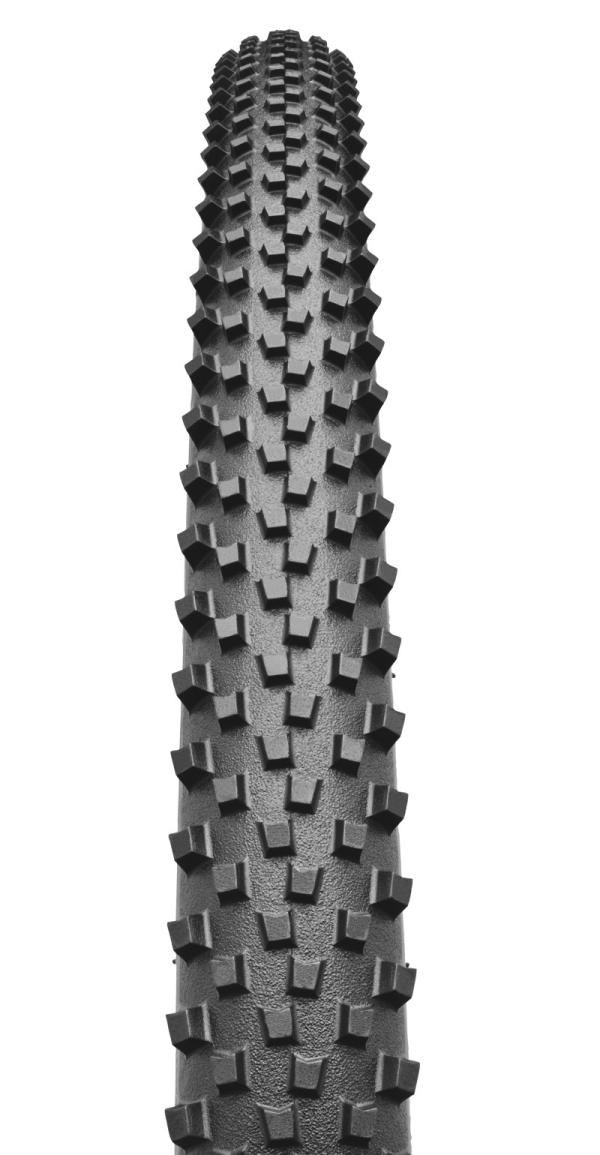

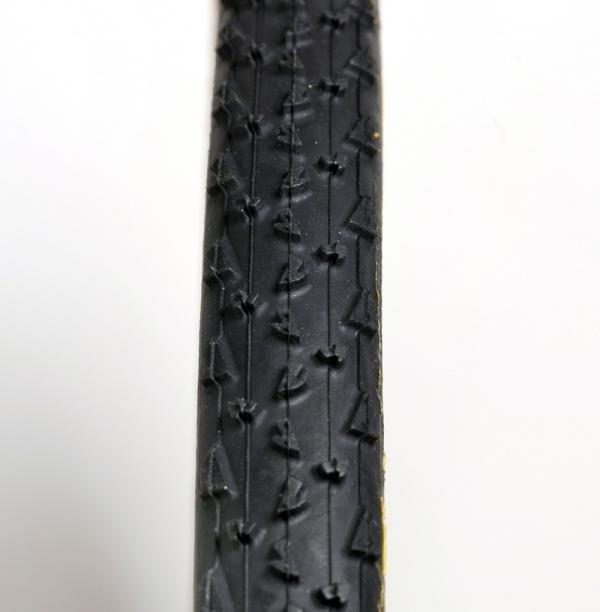
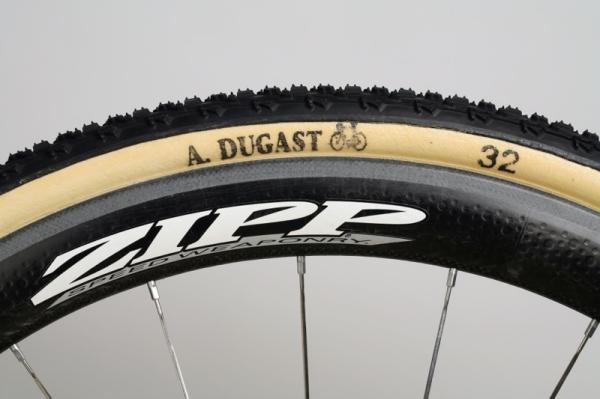


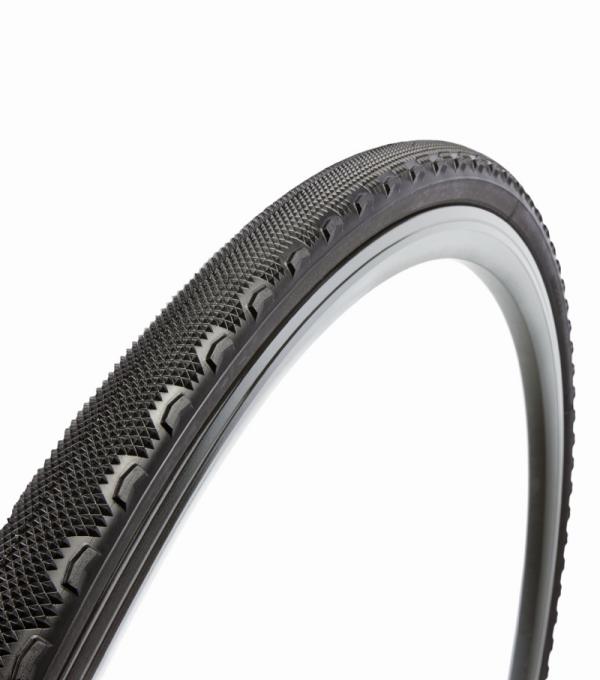
This article originally published on BikeRadar
When it comes to cyclo-cross, your tires are the most important component of the entire bicycle. Traction, suspension and overall handling confidence come from the relatively narrow patch of rubber and casing. So which tire should you choose?
Here we look at the latest offerings from 10 tire brands, and cyclo-cross tire expert Stu Thorne of Cyclocrossworld.com shares his advice on what you should do, including the most important facet of your set-up: tire pressure.
First, you have two categories of tires. Clinchers allow for relatively inexpensive flat repairs as they use tubes, but tubulars provide a much more supple ride as the glued-on tires can be run at very low pressure. Each requires its own type of wheel, and virtually all cyclo-cross bikes are sold with clinchers.
A select few companies also offer tubeless cyclo-cross tires, where a tire similar to a clincher is used with sealant. More on that below.
Next, you have tread pattern choices. Most tire brands offer variations on three types of treads: fast, all-condition, and mud. While some hardcore enthusiasts will swear you need a set of each to match the given conditions – not to mention wheelsets to mount them on – some riders just go with one. In this instance, Thorne recommends that you go with a tire that performs well in the mud.
"There are many tires that work well in the dry, but when you have those two or three races in the mud, some of those [dry-condition] tires are absolutely useless," Thorne said. If you can only pick one, he recommends something like the Dugast Rhino, which provides traction in the mud and is still quite raceable in other conditions.
Get The Leadout Newsletter
The latest race content, interviews, features, reviews and expert buying guides, direct to your inbox!
What follows is a brand-by-brand breakdown of new and current tires. Jump to the bottom to read Thorne's advice on the crucial set-up of your tire pressure.
Kenda goes tubeless
For this season, Kenda added tubeless versions of some of its 32mm tires.
"We are rolling Tubeless Ready into all our UCI-legal sizes first, then all the rest of tires," said Kenda's Ben Andersen. "What we did to make it work really well with sealant was to change the bead from fabric to rubber, and add an extra layer of woven material on the sidewall from the bead up to the tread surface. I found I could get tires to seal without sealant."
Hutchinson was the first to offer tubeless 'cross clinchers. While many loved the flat protection of this set-up, other riders found that the low pressures of cyclo-cross often resulted in burping.
Kenda's stiffer sidewall may alleviate this, but likely at the cost of some suppleness in the tire.
The Kommando is Kenda's main tire. Its unique distinction is that it's designed to run in two different directions based on course conditions. It comes in 32 and 35 clincher widths and a tubeless 32 width for $54.99.
The Happy Medium uses a pattern borrowed from Kenda's MTB line, with a small diamond file down the center. Andersen says this is a perfect tire for when the course is hard and dry. "You can really lean it over into turns and have a fair amount of grip," he said. It comes in 32 and 35 clincher widths and a tubeless 32 width for $54.99, plus a big 700x40 width.
The Kwicker is Kenda's mud tire. It only comes in 32 and 35 clinchers for $35.99.
Kenda does not offer tubulars.
Schwalbe adds a tubular
The German tire manufacture redesigned the Rocket Ron clincher for 2013, and is now offering the tire as a handmade tubular for the first time.
The new tread pattern has stronger outer blocks with a claimed 15 percent reduction in rolling resistance over last years' model. The 700x33 clincher weighs 305g with a 127tpi casing. It is $90.
The $149 tubular is made in Schwalbe's own factory with a latex tube and a synthetic casing. It weighs 375g.
Continental adds a tubular, too
Another German manufacturer, Continental, is also jumping into cyclo-cross tubulars for the first time with the CycloXKing Tubular. This model is hand-sewn in Continental's Kornbach facility, and is the only Conti tire to use a latex inner tube. The alternating center lugs on the 32c tire are designed for variable conditions, with big shoulder lugs for cornering.
The other new tire is the Mountain King CX, a good choice for mud with large, separated studs in a 32c width.
Vittoria does clinchers, tubulars and tubeless
Vittoria offers has three 'cross tires in tubular and clincher formats, plus one tubeless model.
The three Cross EVO tubulars all use a 320tpi cotton casing and latex inner tube. Vittoria recently updated the tread compound, and the 32 and 34c tires have a liner belt to help prevent flats. The $114-$129 options are the XN file tread for dry, hardpack conditions (32c only), the XG all-conditions tread and the XM wide tread design for wet and mud.
The Cross Pro range of clinchers features the same tread patterns, but in a 150tpi nylon casing. Prices races from $49 to $56.
The XG all-conditions tire is also available as a $55 tubeless tire that Vittoria calls TNT (Tubes No Tubes). For this model, Vittoria went the opposite direction from Kenda, going for a more flexible sidewall. Vittoria John McKone said Vittoria removed the butyl layer found in many tubeless tires and used a 150tpi casing.
"This allows a lowering the pressure and offering a more supple sidewall that is not a stiff as typical reinforced tubeless designs," McKone said. "Also, the tubeless bead is slightly different and gives an overall better seal, especially in cornering. This approach gives our tires the ability to run low pressures and allow for the tire/sidewall to absorb and adapt to terrain contours. Of course, tubeless will not replace the overall performance and durability of a tubular, but I have run them many times in Utah 'cross races and not had the burping issues as other brands have. The cost and service of a tubular can be daunting for many racers and in my opinion TNT is a great alternative."
Maxxis holds steady with clinchers
The Taiwanese company has three cyclo-cross clinchers. The 365g Mud Wrestler features widely spaced knobs for mud clearance, and is also the best all-around tire of the bunch.
The 355g Raze is a fast-rolling tire with a softer compound.
The 300g Mimo features lots of tightly packed knobs, which Maxxis says is good for loose conditions.
All three features 60tpi casings and retail for $52.
Clement adds an all-'rounder
Clement's new clincher and tubular model is the all-around MXP. Clement still offers the mud PDX and semi-slick LAS treads. The MXP is made without an inner tube or protective liner belt, and you can use sealant for puncture prevention and/or repair.
Pricing has not yet been set, but Clements other tires sell for $45 in clincher and $129 in tubular.
Specialized
Specialized recently got into tubulars, and its three-tire line carries over from last season with the Terra mud tire, the all-around Trigger and the file-tread Tracer.
The 33c tires each cost $55 for a 120tpi clincher, and $100 for a 260tpi tubular with a latex inner tube.
Michelin
For 2013, Michelin is sticking with its tried-and-true Mud2 and Jet clincher tires. They both cost $54.99, weigh 335g, and come in 700x30c.
Bontrager
Perhaps more interesting than Trek's tire technology is its 30-day, money-back guarantee on the new CX3.
The CX3 is a 312g tire with a 120tpi casing in a 32c width.
The CX0 is a beefier tire. It falls outside the UCI regulations for tire width, which obviously aren't a concern for most riders.
Dugast
When it comes to cyclo-cross tubulars, the venerable Dugast brand remains atop the heap for its handmade models.
"As much as tubulars are an age-old technology, they're still the best option," says Stu Thorne, who sells clinchers and tubulars from a variety of brands at Cyclocrossworld.com. "There is a great variety out there now, not only in tires but in wheels, with entry level all the way up to high-end carbon products. In terms of our sales, the Dugast is by far the most popular tire. Challenge and Clement are close seconds. Dugast is the most pliable and most supple, and with that comes some delicacy."
The $119 Pipistrello is a file-tread, the $119 Typhoon has bigger knobs for more grip, and the $124 Rhino has a tread that can handle mud well but also race well in dry conditions.
How to dial in your tire pressure
"The most important thing that people tend to overlook is tire pressure," Thorne said. "It's so critical. That's almost more critical than tread. It's pretty amazing what you can do by just altering your pressure by 1 or 2psi. It's a fine line between good handling and great handling."
Tire pressure is unique to both rider weight and the course at hand. You want it as low as possible. So how do you set it?
"Start just a bit high and ride the course for a lap. And do the lap pretty hard. Just noodling around to see where it goes is one thing; but when you go fast, lines change, and you hit things harder. Go race pace. If you feel the rim once – that's okay. If you are hitting rim multiple times, or if you are getting a rolling sensation in corners, then put in a little more."
"Also, use the same pump wherever you go. That's your benchmark," Thorne said. "Pumps can be 5psi up or down. It's critical to use the same pump all the time."